’The Nature of Motion’: ten designers interpret mobility for Nike at Salone
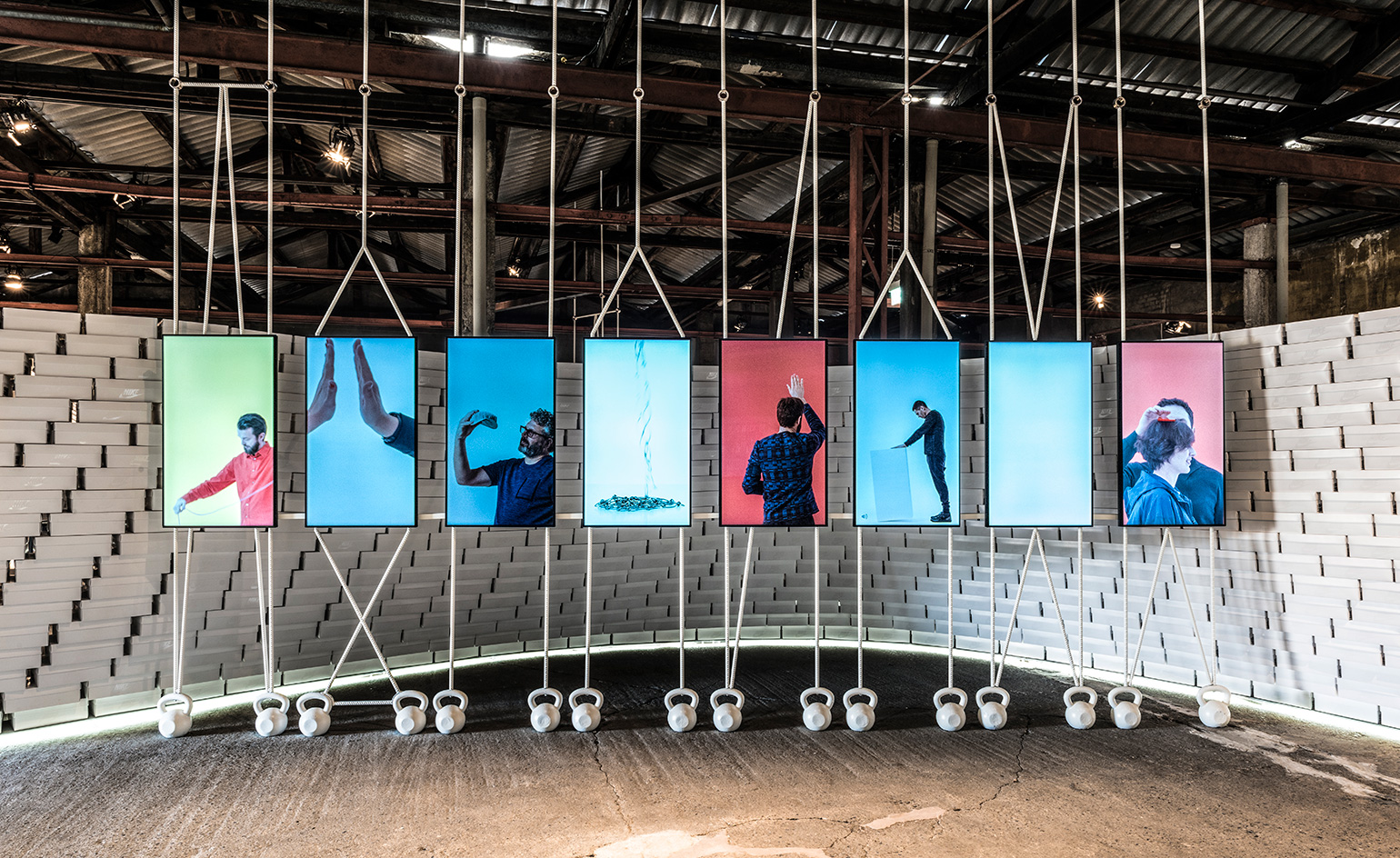
Nike's vice president of global design, John Hoke, recently gave ten progressive designers – including Sebastian Wrong, Max Lamb, Martino Gamper, Greg Lynn and Lindsey Adelman – a simple brief: 'To help explore and abstract, question and challenge the notion of mobility, motion and movement.'
After working closely with a creative, collaborative team of people 'who could challenge us and vice-versa', Nike is now exhibiting the results of its 'The Nature of Motion' project in Milan as part of Salone del Mobile 2016. 'Each piece is a unique exploration, a piece of poetry expressed either by form and surface, scale, equilibrium, the nature of gravity or rhythm, how the body reacts to heat and cool,' says Hoke. Any materials were allowed – and any medium of expression permitted.
British furniture designer Max Lamb has contributed the brutal surreality of an installation made up of super heavy aluminium, granite and polystyrene blocks levitating above an invisible skirt of compressed air. The air enables each apparently immovable object to glide across a white rink at the lightest touch, challenging our perceptions of weight, effort and movement.
Best known for his lighting, British designer and creative director Sebastian Wrong conceived an ergonomic chair formation, intended as communal seating for team sport. A longstanding champion of the futurist art movement, Wrong was inspired by Umberto Boccioni’s 1913 painting Dynamism of a Soccer Player, abstracting the colours, movement and dynamics of the canvas on to Nike's Flyknit textile which he wrapped around a hollow, hexagonal steel frame. 'When we went to Nike’s HQ in Oregon to talk about the projects, they referred to us as "artists", not designers, and this made me think, I don’t have to deliver a practical solution here... I can be indulgent!' explains Wrong. 'Ironically, I went on to produce one of the more functional exhibits. It’s a "sling thing" made of weather-proof fabric, designed for sports teams to rest on before or after a game. The construction is very simple so it can packed down to nothing and easily adapted to a single chair design.'
Viewed from above, Wrong’s energetic interpretation of Boccioni’s soccer artwork provides a goal mouth scramble of swirling colour. 'The futurist manifesto was all about noise, action, agitation, intervention. I tried to get a bit of that energy in this piece also.'
Inspiration for Martino Gamper’s contribution to 'The Nature of Motion' came from the unlikely source of veteran rock drummer Ginger Baker. Gamper watched a documentary about the legendary Cream drummer (2012's Beware of Mr Baker) and also saw the 76 year old percussive genius play live. 'He can’t walk any more but he can still drum!' says Gamper.
When asked to contribute to Nike’s project, Gamper decided on a collection of drums and drum kits that creates a commentary on the rhythm of 'natural motion' by combining technical Flyknit textiles and Nike laces with laminated plywood forms. 'I was thinking of the Rio Olympics, the drums of the carnival,' says Gamper, striking a nearby snare with a blue stick. 'We made special weaves of Nike Flyknit material with areas of different densities and colour, like you see on steel drums. We stretched the fabric over the drums as skins.' A professional drummer will be behind Gamper’s kit when the exhibition opens officially today.
Dutch designer Bertjan Pot’s work is propelled by an impulsive curiosity concerning materials, techniques, structures, patterns and colours that leads him to push conventional manufacturing boundaries and experiment with textile and weaving techniques. Rotterdam-based Pot’s series of resting pods takes the notion of the wheel – a symbol of momentum and movement – as a structural starting point.
By upholstering the inner tubes of a car, wheelbarrow, truck and tractor with ropes, Nike laces and belts, he has initiated an unexpected but effective meeting of artisanal hand-weaving techniques and high-performance materials. “The first idea was: Nike makes you tired. Nike wants you to participate in sport,' says Pot. 'Nike wants you to come to Milan, walk around all day and look at their exhibition. So how about I create something that encourages rest and relaxation instead of activity.'
Pot did the labour on the Polynesian/Indonesian-influenced, basket-woven pieces himself, sometimes with the help of a single assistant. 'Thirty-two days of weaving! Most pieces are made of just three or four lengths of continuous fibre wrapped around each tyre or tube. For the bigger pieces I would stand inside the tyre passing the roll of material up and over, back and forth, inside and out to my intern.' There's art in action at 'The Nature of Motion'.
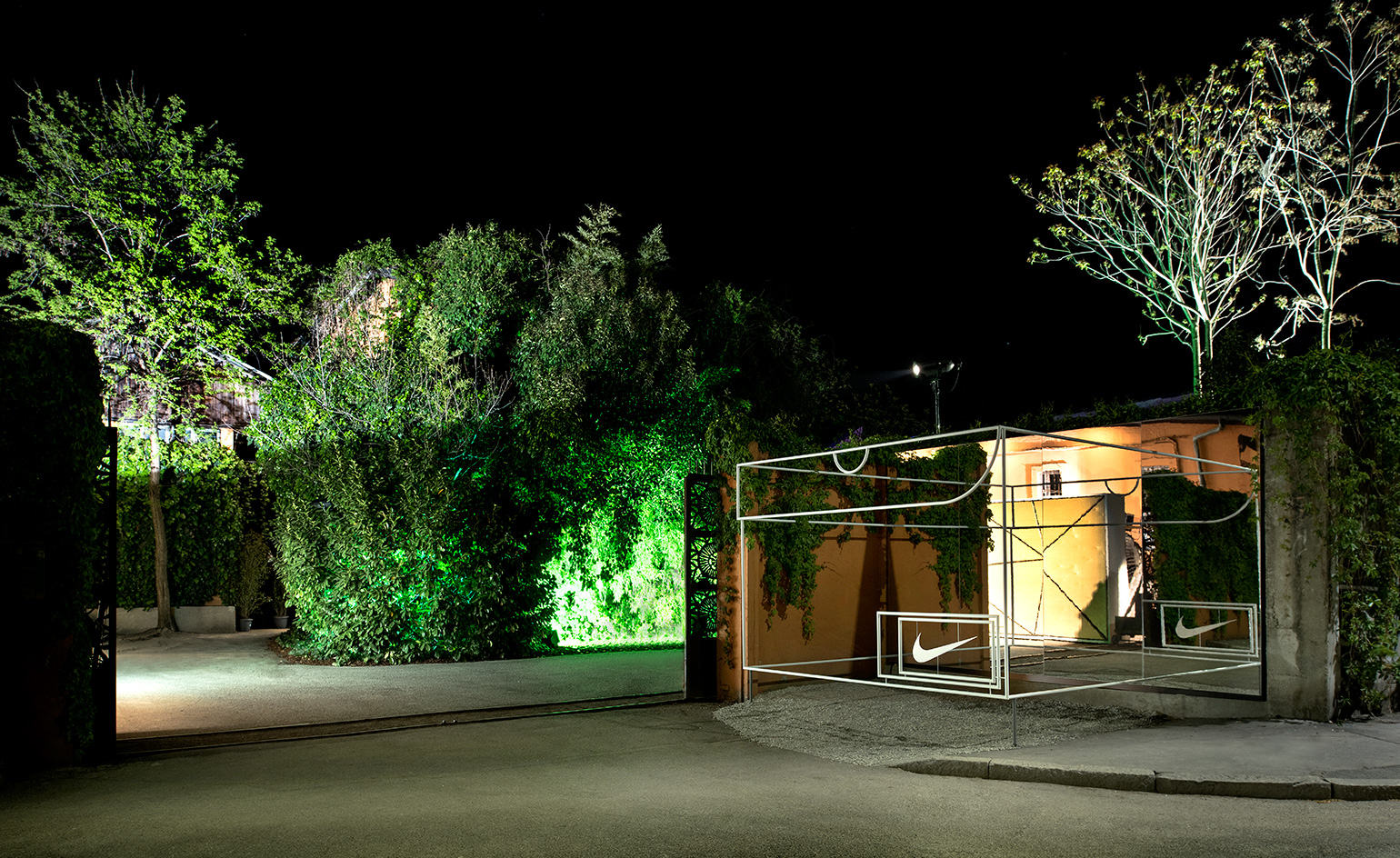
Nike gave ten progressive designers a simple brief: ’To help explore and abstract, question and challenge the notion of mobility, motion and movement’. Pictured: entrance way to the show
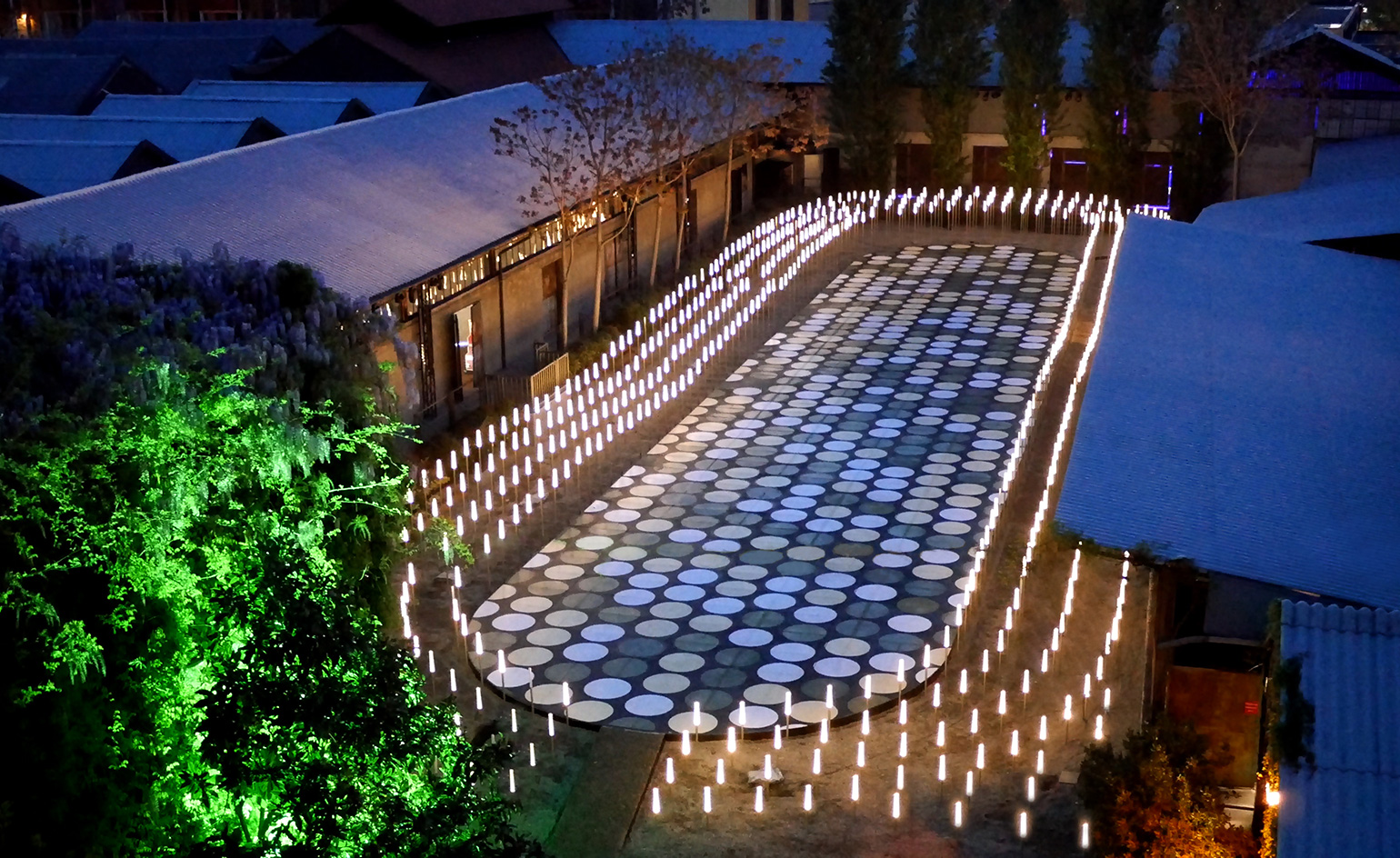
The featured designers include Sebastian Wrong, Max Lamb, Martino Gamper, Greg Lynn and Lindsey Adelman. Pictured: outside the show
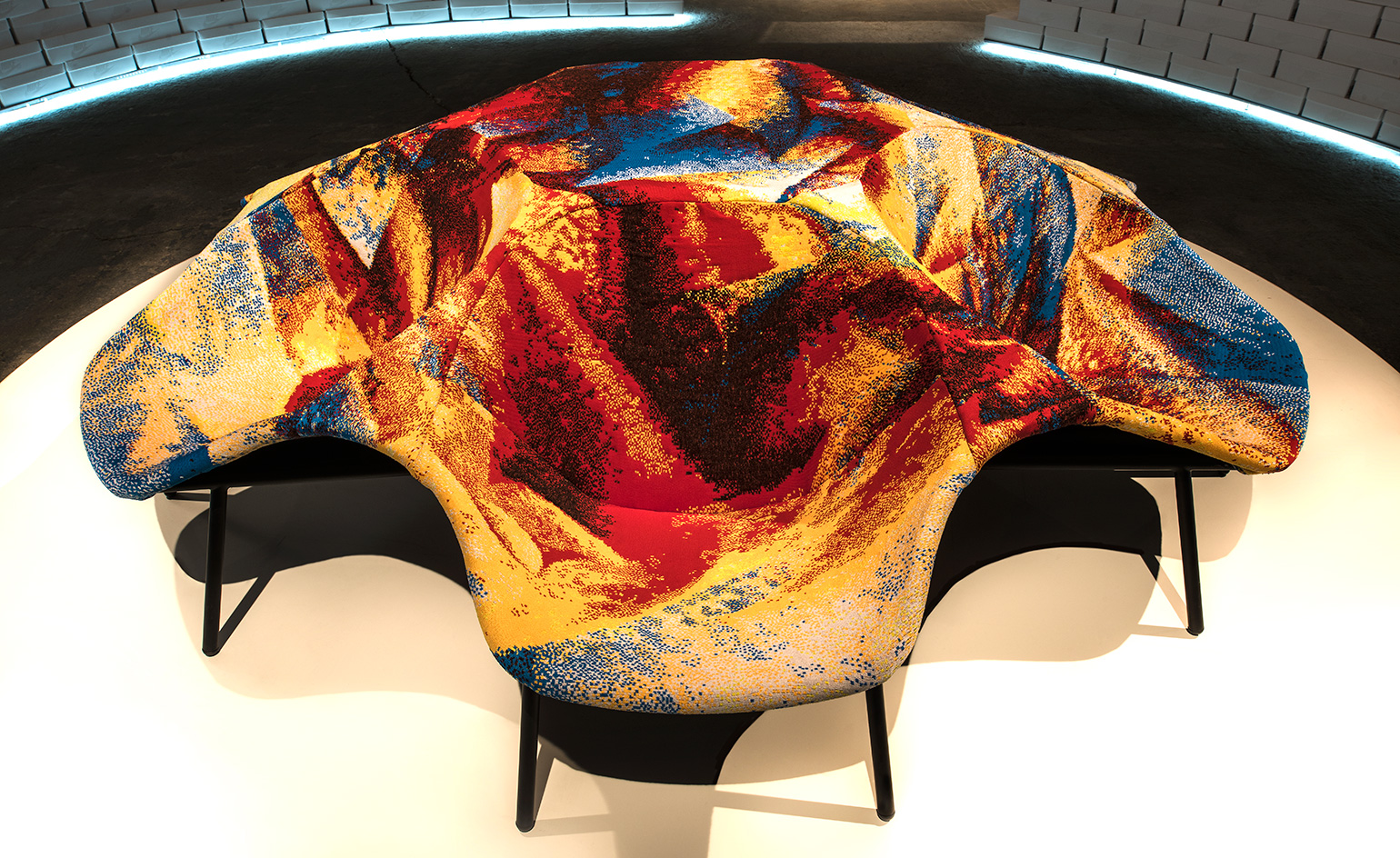
British designer and creative director Sebastian Wrong conceived an ergonomic chair formation (pictured), intended as communal seating for team sport
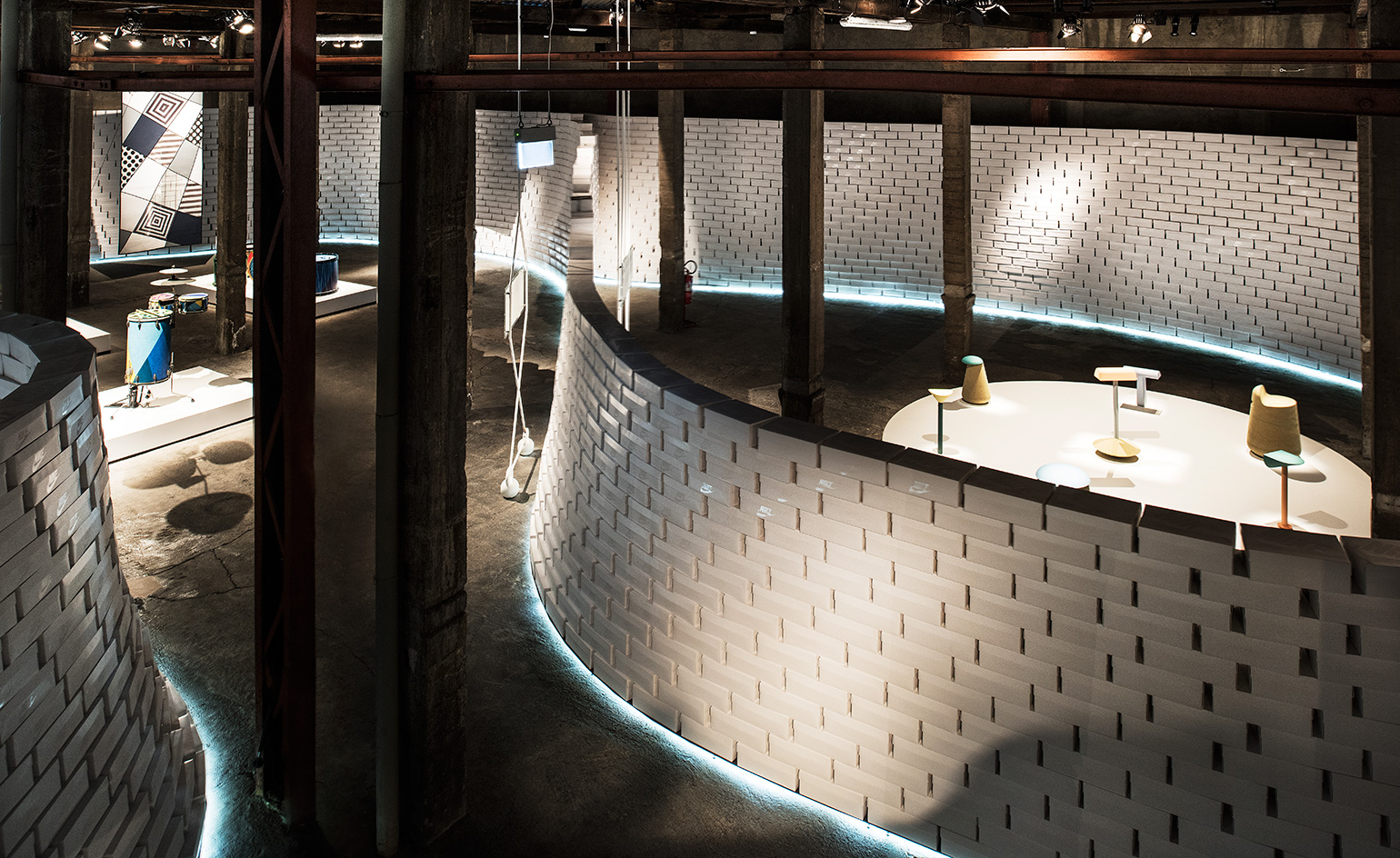
Swedish graphic designer Clara von Zweigbergk and American product designer Shane Schneck present their collection of seating, as seen here from around the shoebox wall. The combination of materials is similar to that of a shoe: a cork base acts as the ’sole’, providing grip and weight, while a medium-density polyurethane top provides a softer area for the seat
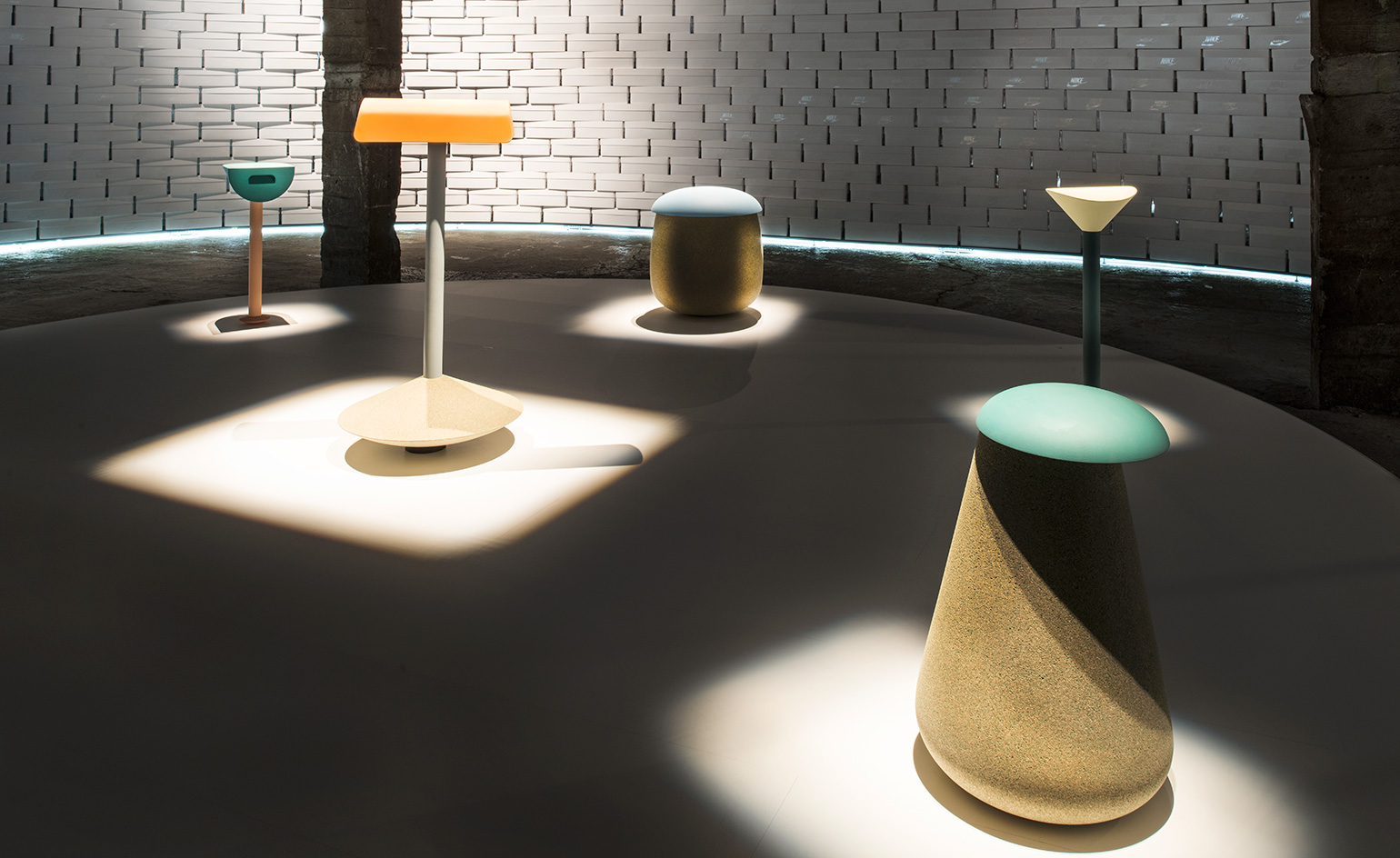
The duo’s collection studies the interplay of balance and posture – specifically how the human body interacts with static objects. Each stool requires its sitter’s cognitive engagement to balance
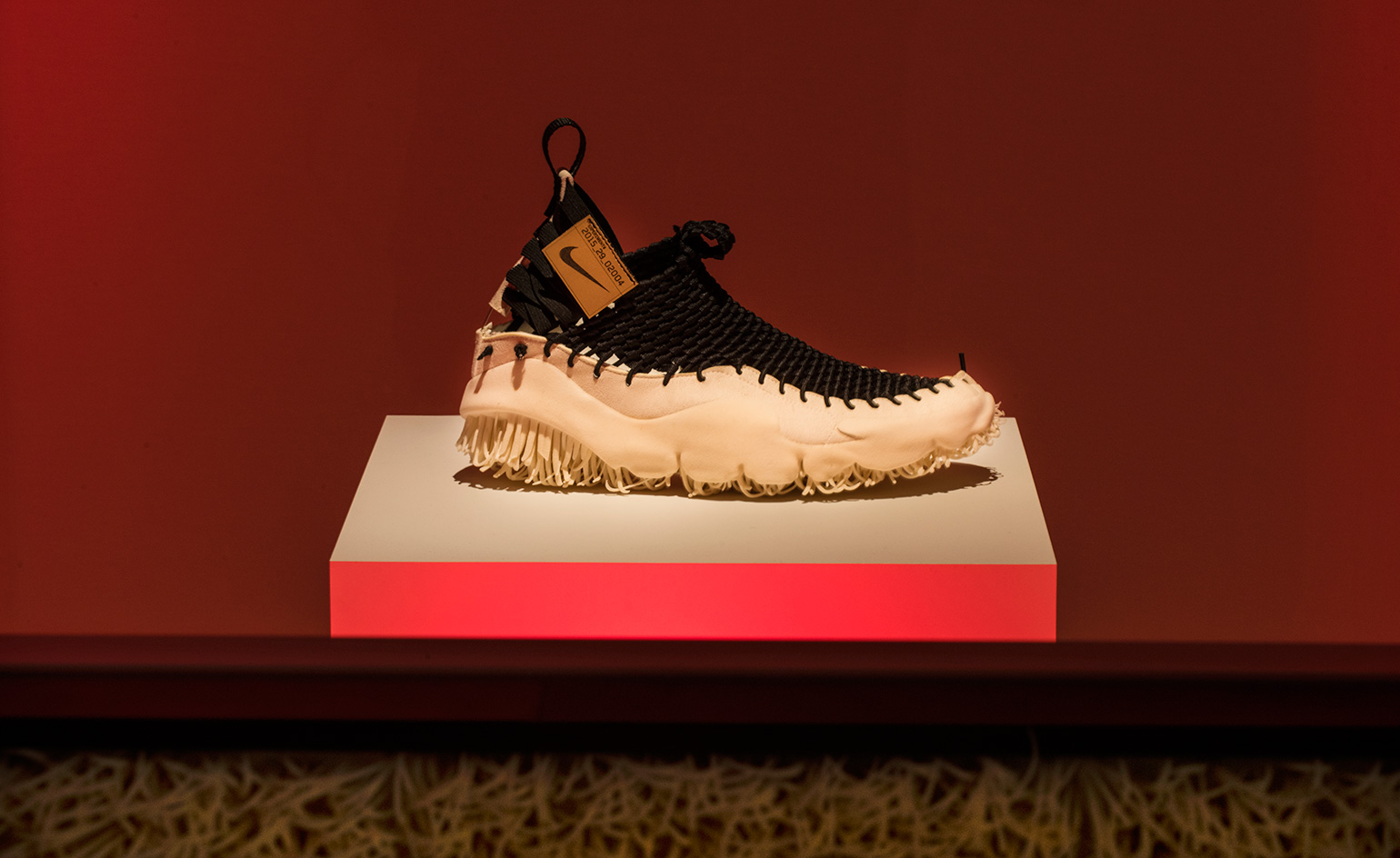
Pictured: the ’Sensation room’ (detail)
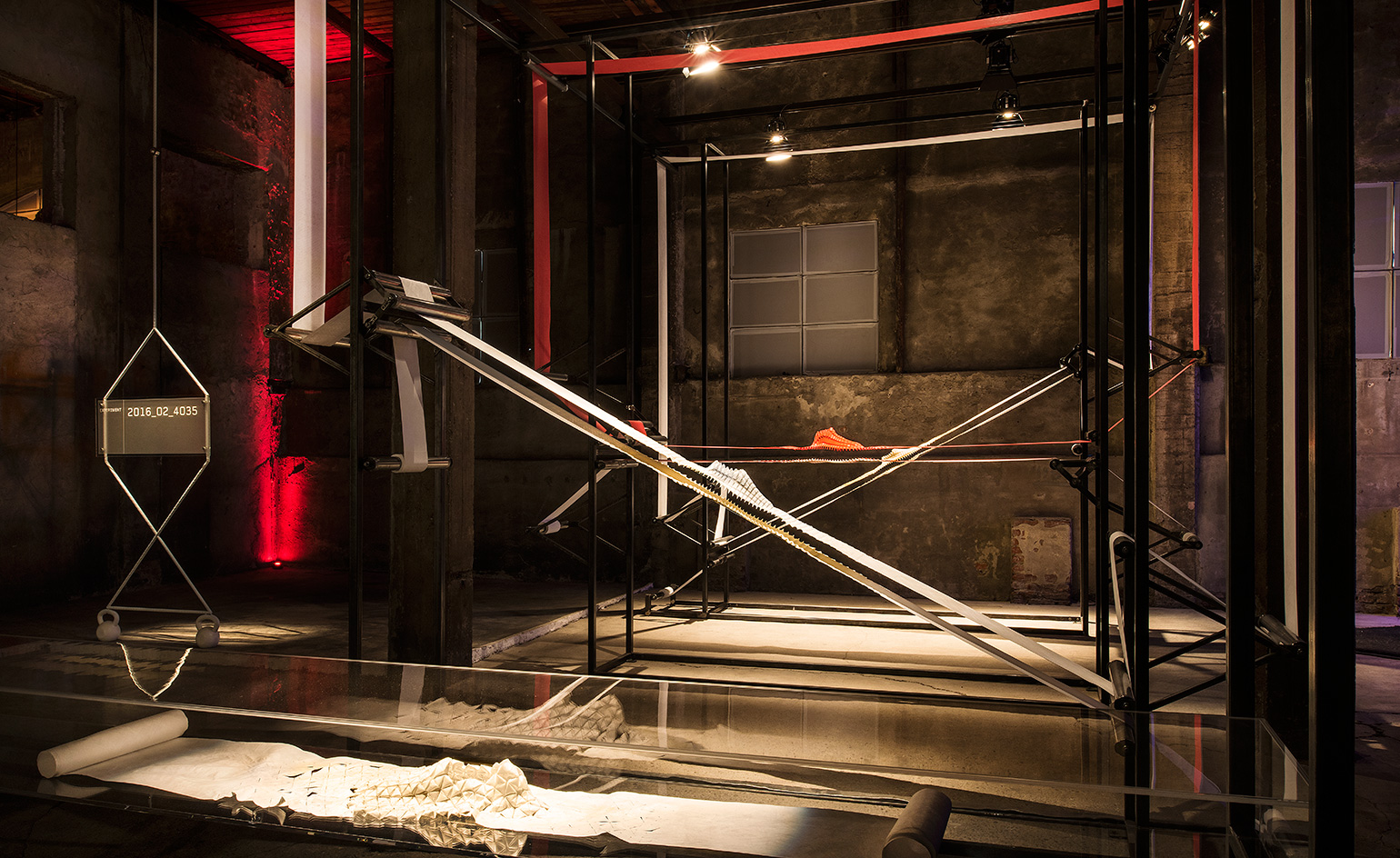
Pictured: ’Experiments’, in installation
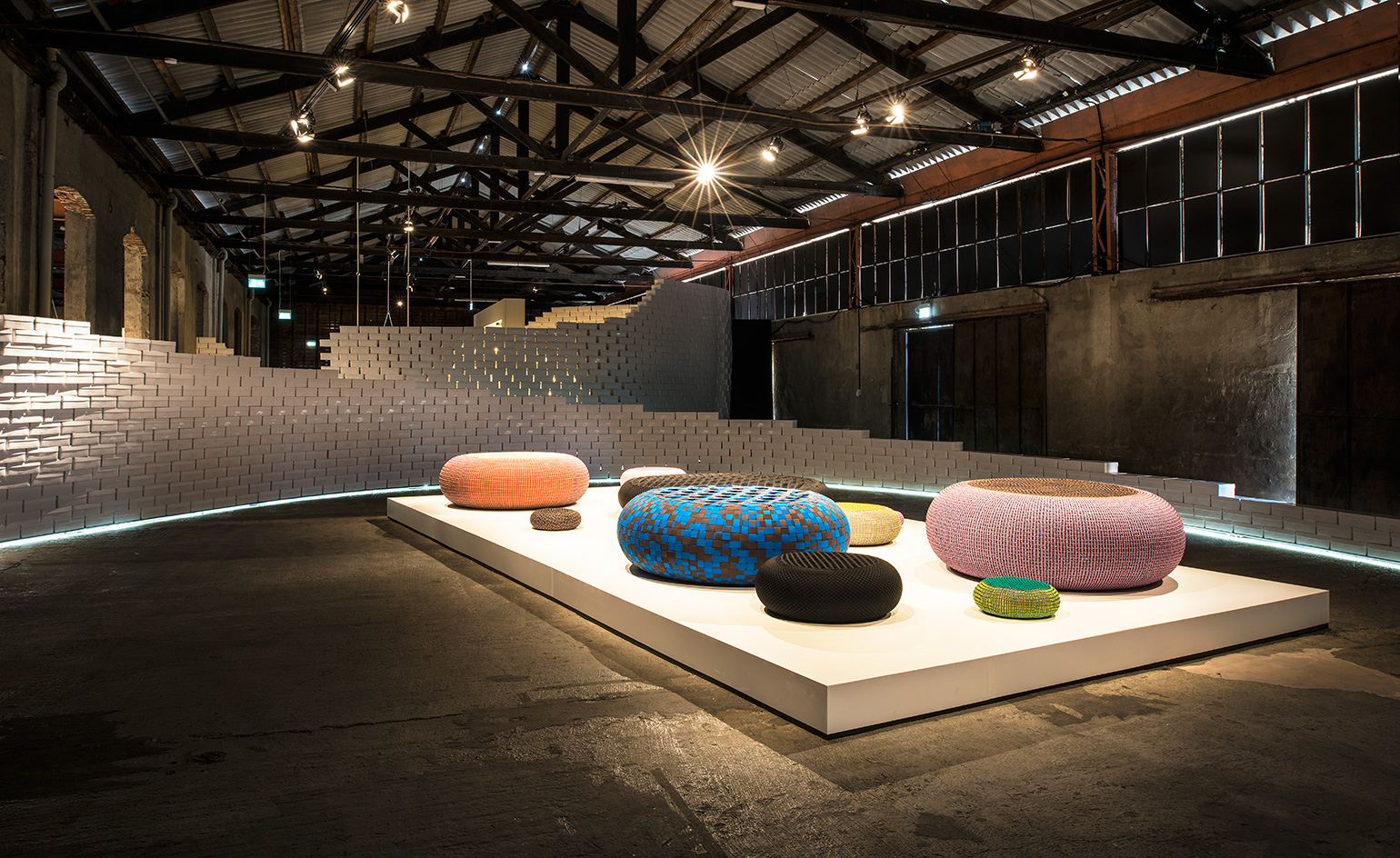
Rotterdam-based Bertjan Pot’s series of resting pods (pictured) takes the notion of the wheel – a symbol of momentum and movement – as a structural starting point
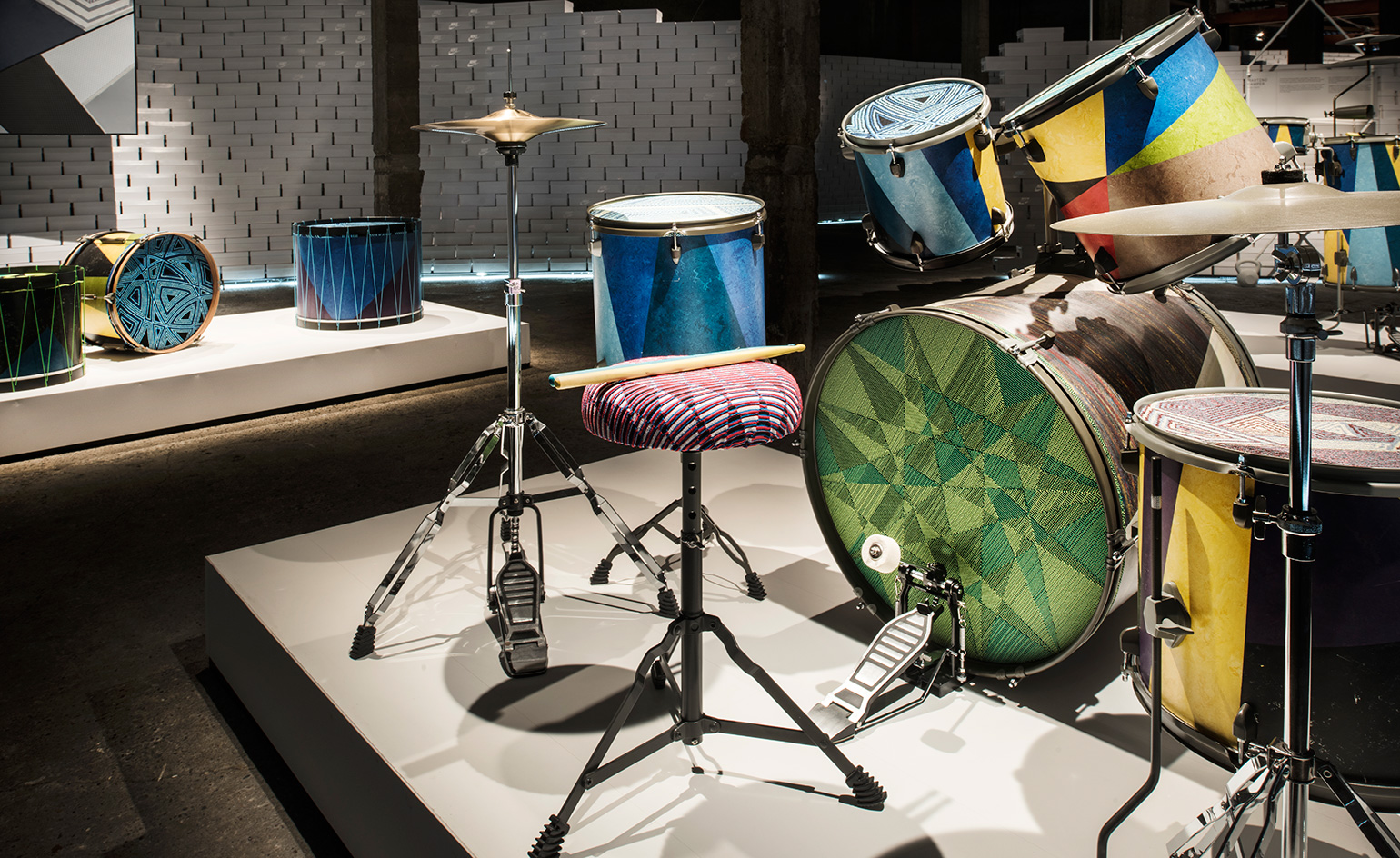
Martino Gamper’s project (pictured) comprises a collection of drums that comment on the rhythm of ’natural motion’ by stretching technical Nike Flyknit textiles over laminated plywood forms and securing them with Nike laces

Lindsey Adelman’s project (pictured) comprises two light fixtures that communicate through vibrational movement in an effort to capture the ’motion of nature’ within the constraints of industrial components
INFORMATION
’The Nature of Motion’ is on view until 17 April. For more information, visit Nike’s website
ADDRESS
Via Orobia 15
20139, Milan
Wallpaper* Newsletter
Receive our daily digest of inspiration, escapism and design stories from around the world direct to your inbox.
-
 Extreme Cashmere reimagines retail with its new Amsterdam store: ‘You want to take your shoes off and stay’
Extreme Cashmere reimagines retail with its new Amsterdam store: ‘You want to take your shoes off and stay’Wallpaper* takes a tour of Extreme Cashmere’s new Amsterdam store, a space which reflects the label’s famed hospitality and unconventional approach to knitwear
By Jack Moss
-
 Titanium watches are strong, light and enduring: here are some of the best
Titanium watches are strong, light and enduring: here are some of the bestBrands including Bremont, Christopher Ward and Grand Seiko are exploring the possibilities of titanium watches
By Chris Hall
-
 Warp Records announces its first event in over a decade at the Barbican
Warp Records announces its first event in over a decade at the Barbican‘A Warp Happening,' landing 14 June, is guaranteed to be an epic day out
By Tianna Williams
-
 Eight designers to know from Rossana Orlandi Gallery’s Milan Design Week 2025 exhibition
Eight designers to know from Rossana Orlandi Gallery’s Milan Design Week 2025 exhibitionWallpaper’s highlights from the mega-exhibition at Rossana Orlandi Gallery include some of the most compelling names in design today
By Anna Solomon
-
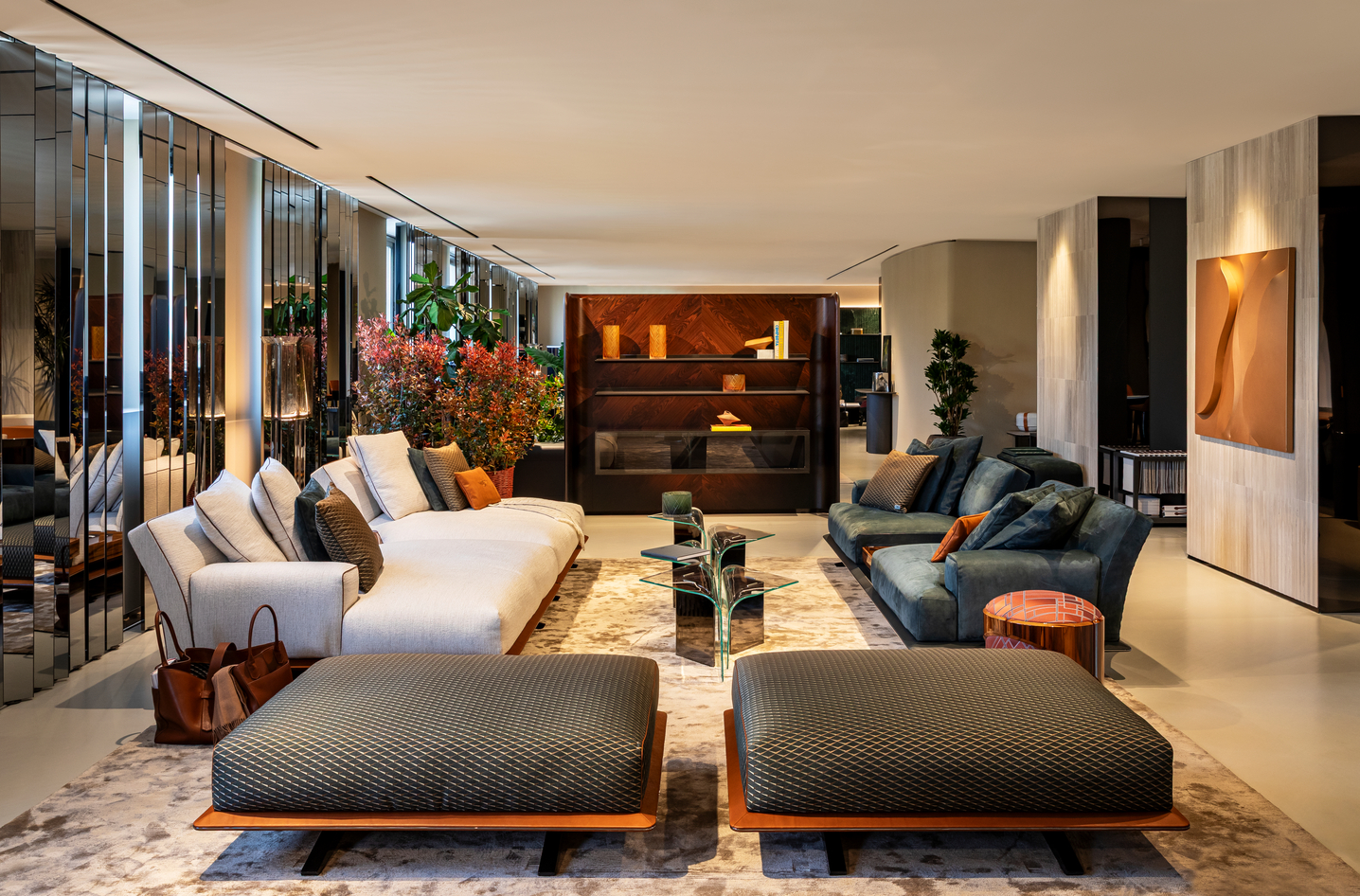 Bentley’s new home collections bring the ‘potency’ of its cars to Milan Design Week
Bentley’s new home collections bring the ‘potency’ of its cars to Milan Design WeekNew furniture, accessories and picnic pieces from Bentley Home take cues from the bold lines and smooth curves of Bentley Motors
By Anna Solomon
-
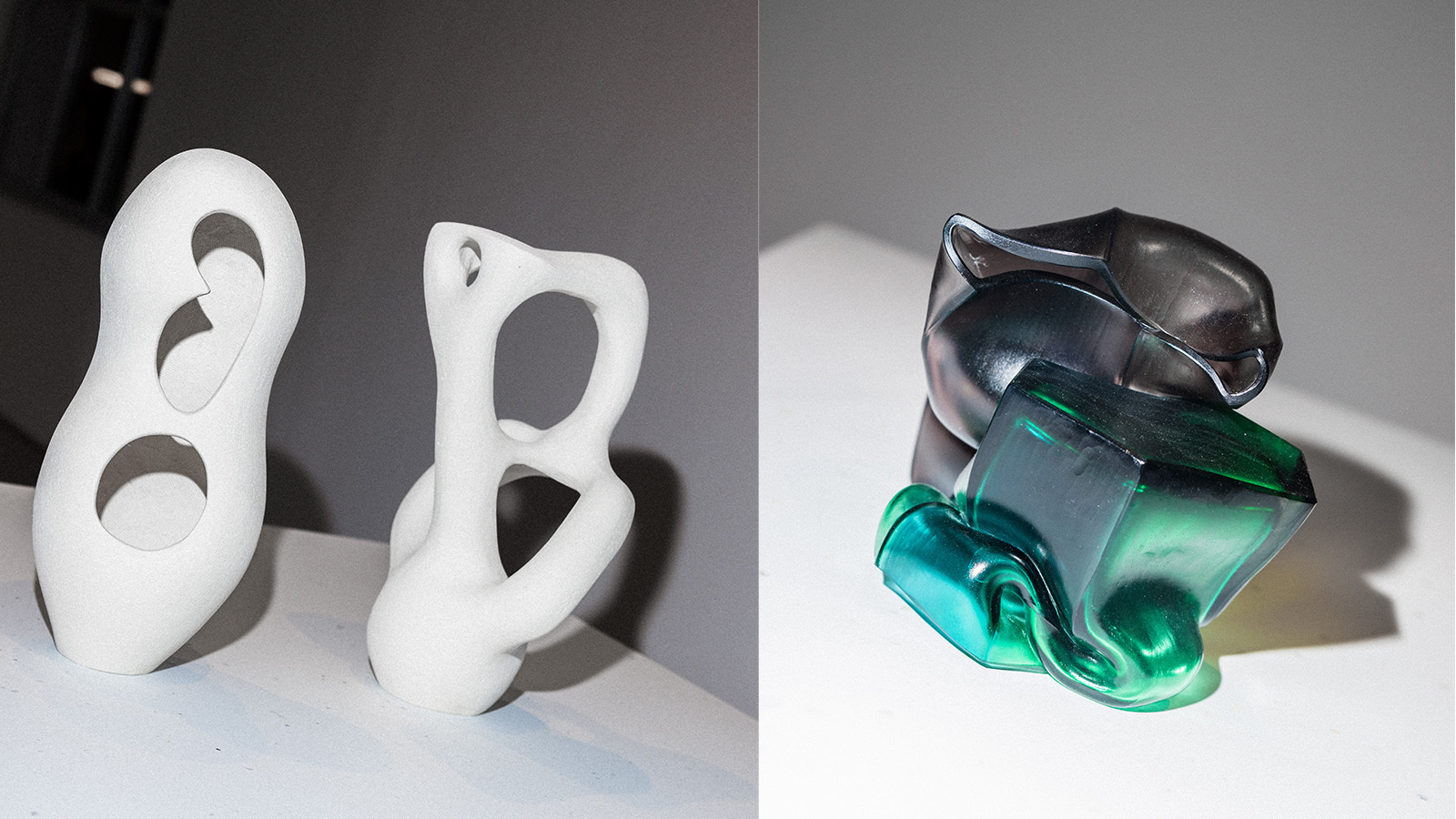 StoneX partners with Wallpaper* for material alchemy at Milan Design Week and beyond
StoneX partners with Wallpaper* for material alchemy at Milan Design Week and beyondThe natural stone purveyor teams up with Wallpaper* for a three-year partnership of material adventures, starting with an exhibition at Triennale di Milano
By Simon Mills
-
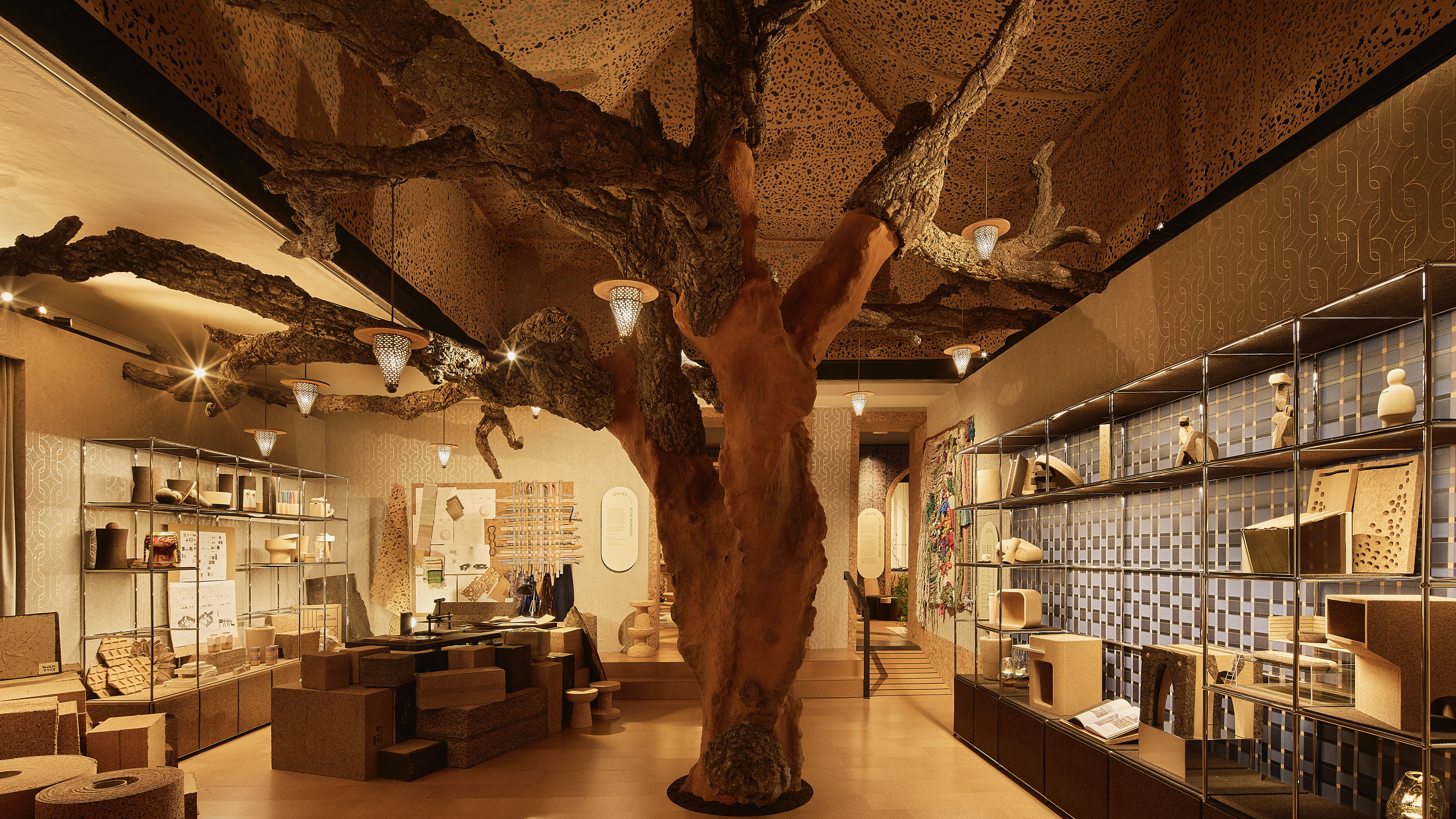 David Rockwell’s Milan Design Week presentation is a love letter to cork
David Rockwell’s Milan Design Week presentation is a love letter to corkRockwell Group’s Casa Cork installation showcases this under-appreciated material, which is infinitely recyclable and sequesters carbon for decades
By Anna Solomon
-
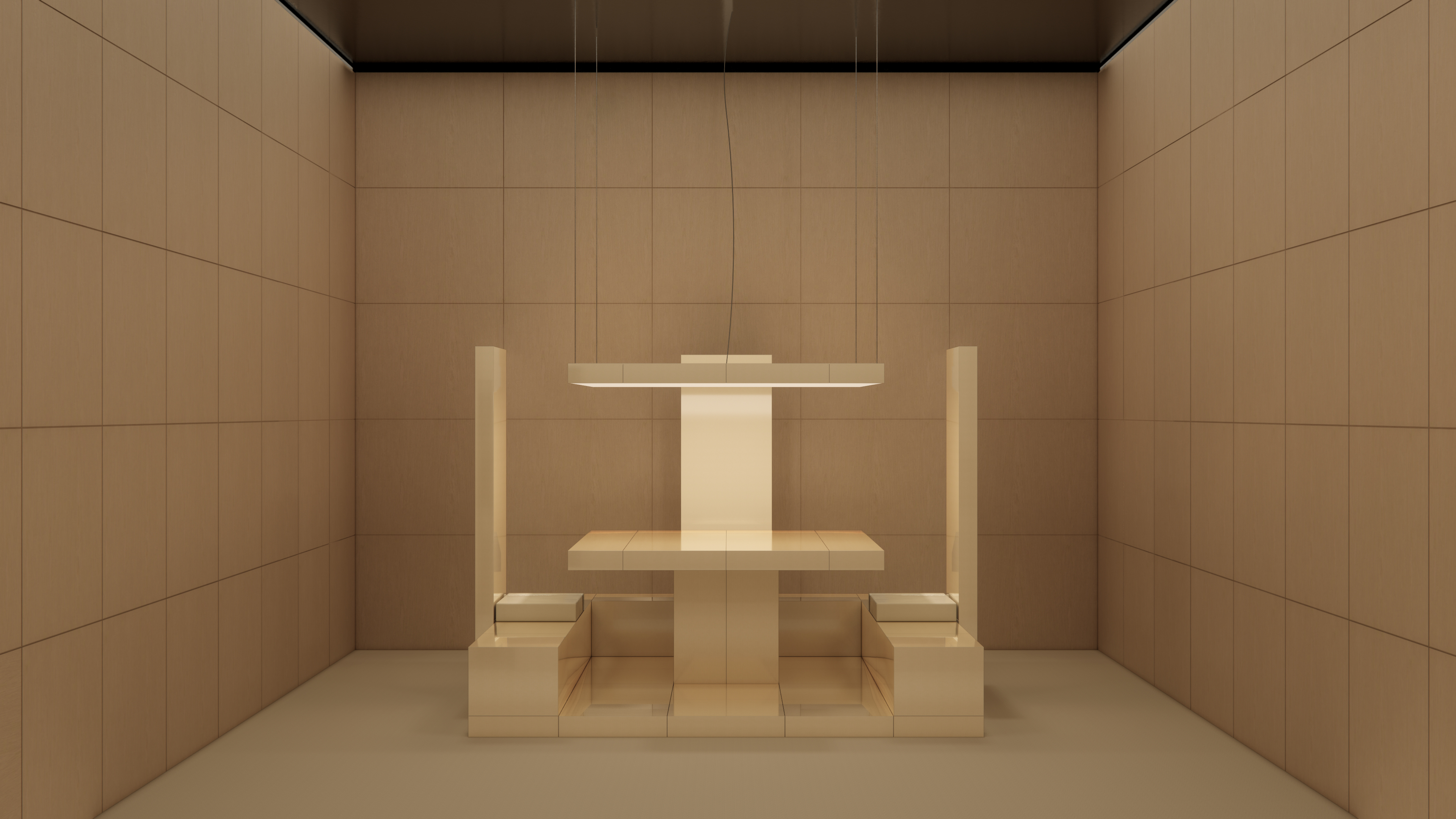 Emerging galleries to discover during Milan Design Week
Emerging galleries to discover during Milan Design WeekWallpaper’s Milan editor has the inside track on the younger design galleries coming to town
By Laura May Todd
-
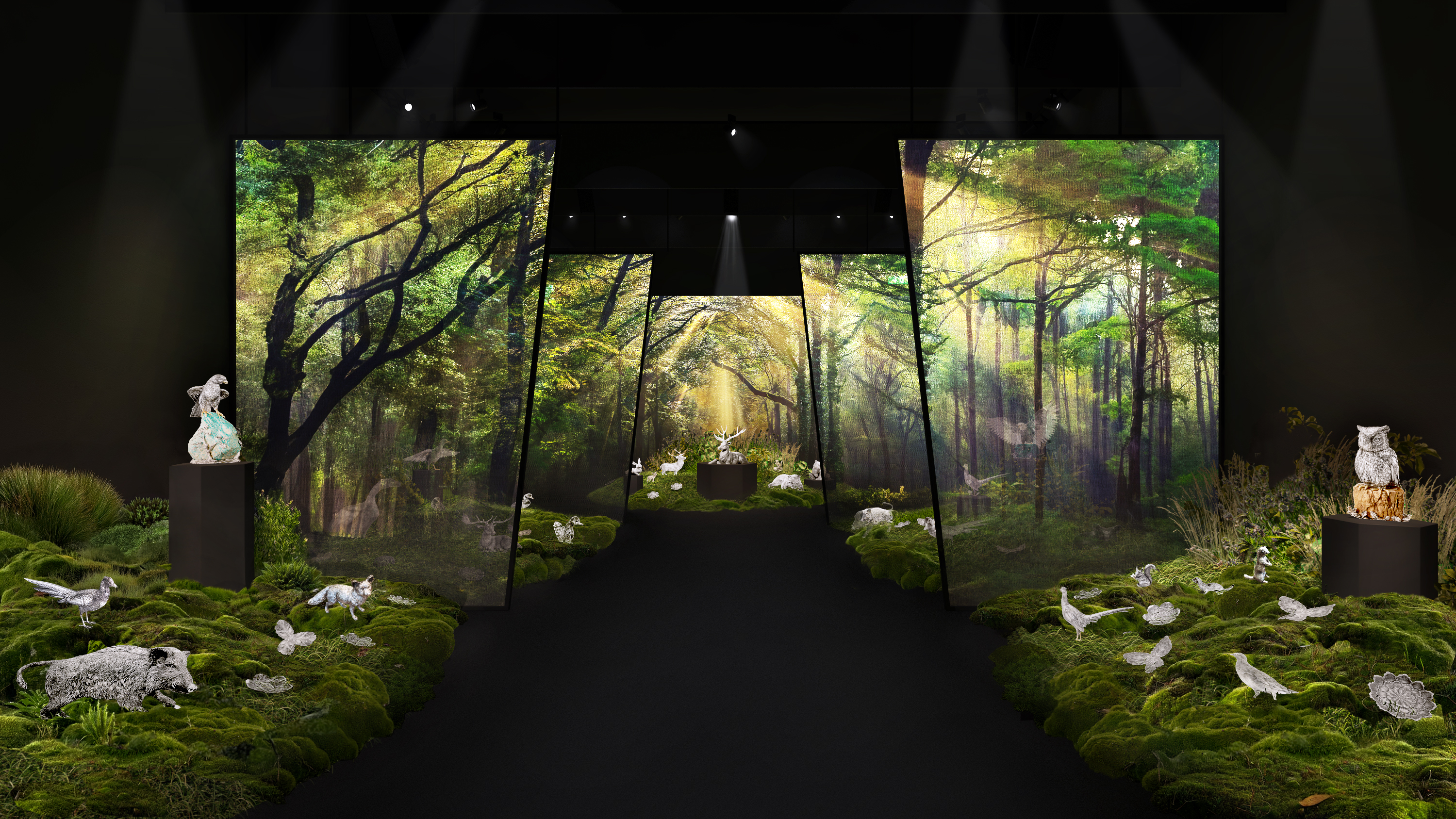 Buccellati brings the forest and Furry Animals to Milan Design Week
Buccellati brings the forest and Furry Animals to Milan Design WeekThe jewellery and silverware maison falls back on tradition for its Milan showcase, presenting its now-emblematic collection of intricately crafted creatures
By Laura May Todd
-
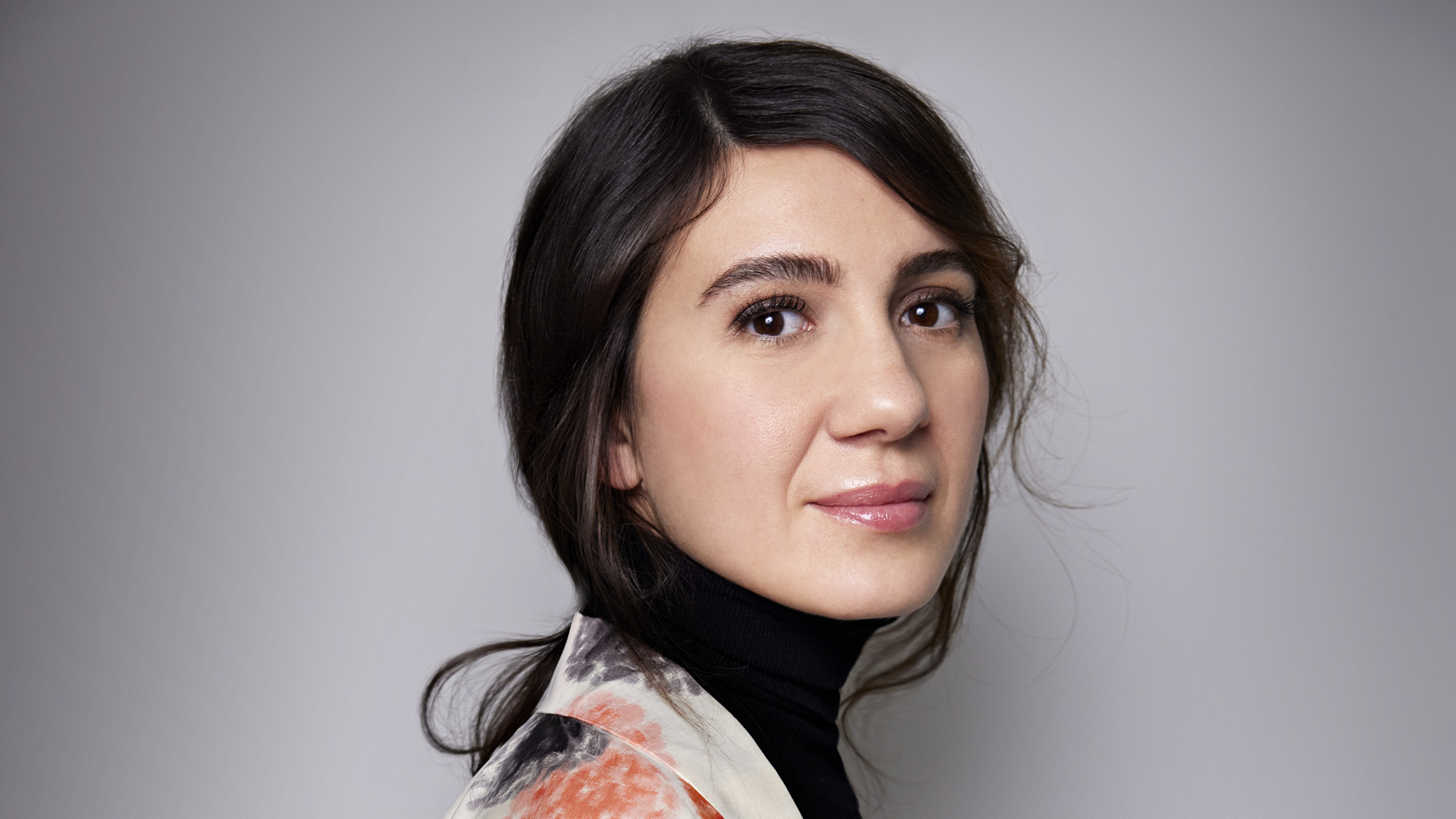 Where next for Salone del Mobile? Maria Porro on the future of the world’s biggest furniture fair
Where next for Salone del Mobile? Maria Porro on the future of the world’s biggest furniture fairAhead of Salone del Mobile 2025 in Milan, we sit down with its president to talk design, data and forging the event’s future in a fast-changing world
By Hugo Macdonald
-
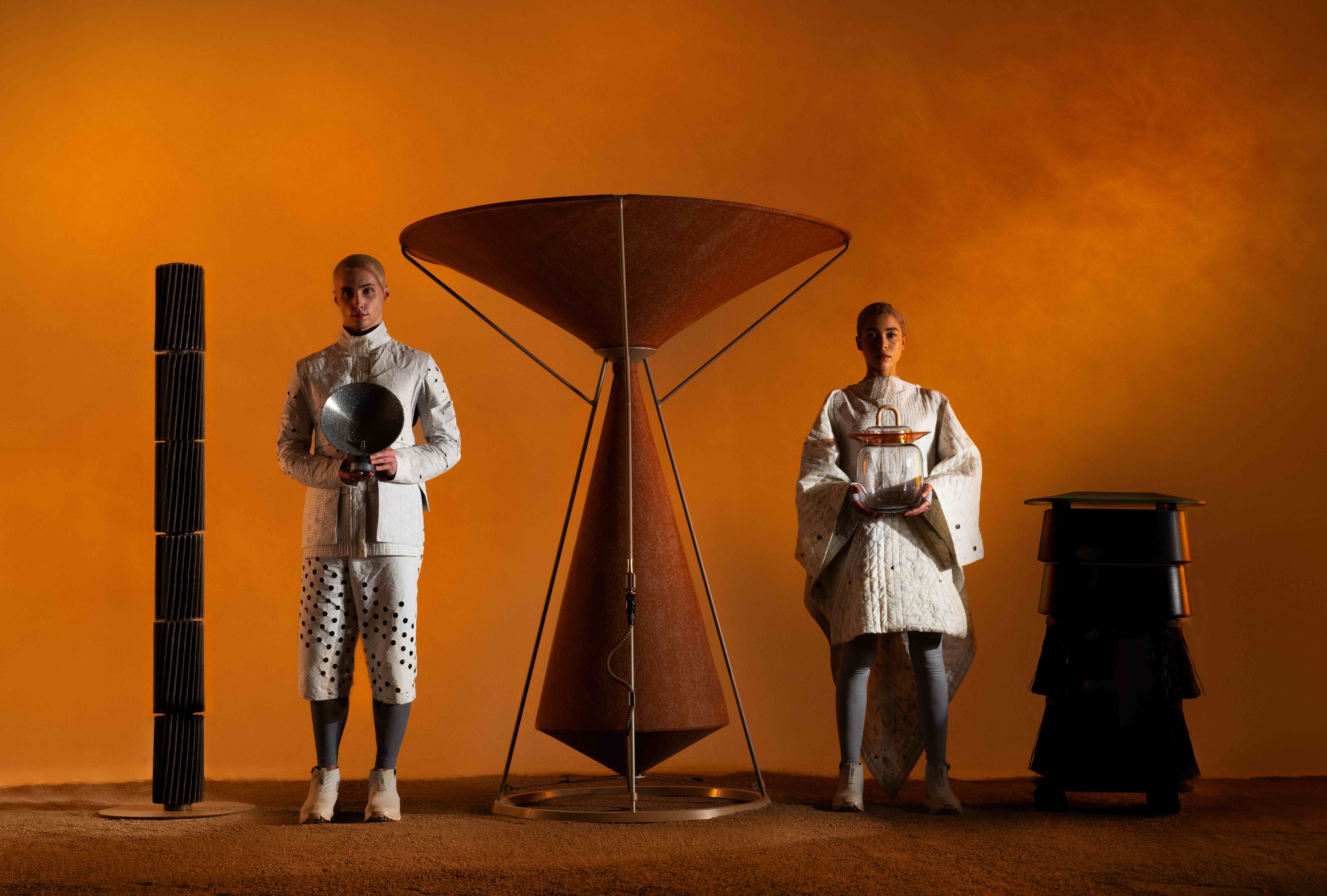 What to see at Milan Design Week 2025
What to see at Milan Design Week 2025A guide to some of the events the Wallpaper* team is checking out at Milan Design Week (7–13 April) – from public installations and major launches to standout venues and must-see exhibitions
By Hugo Macdonald